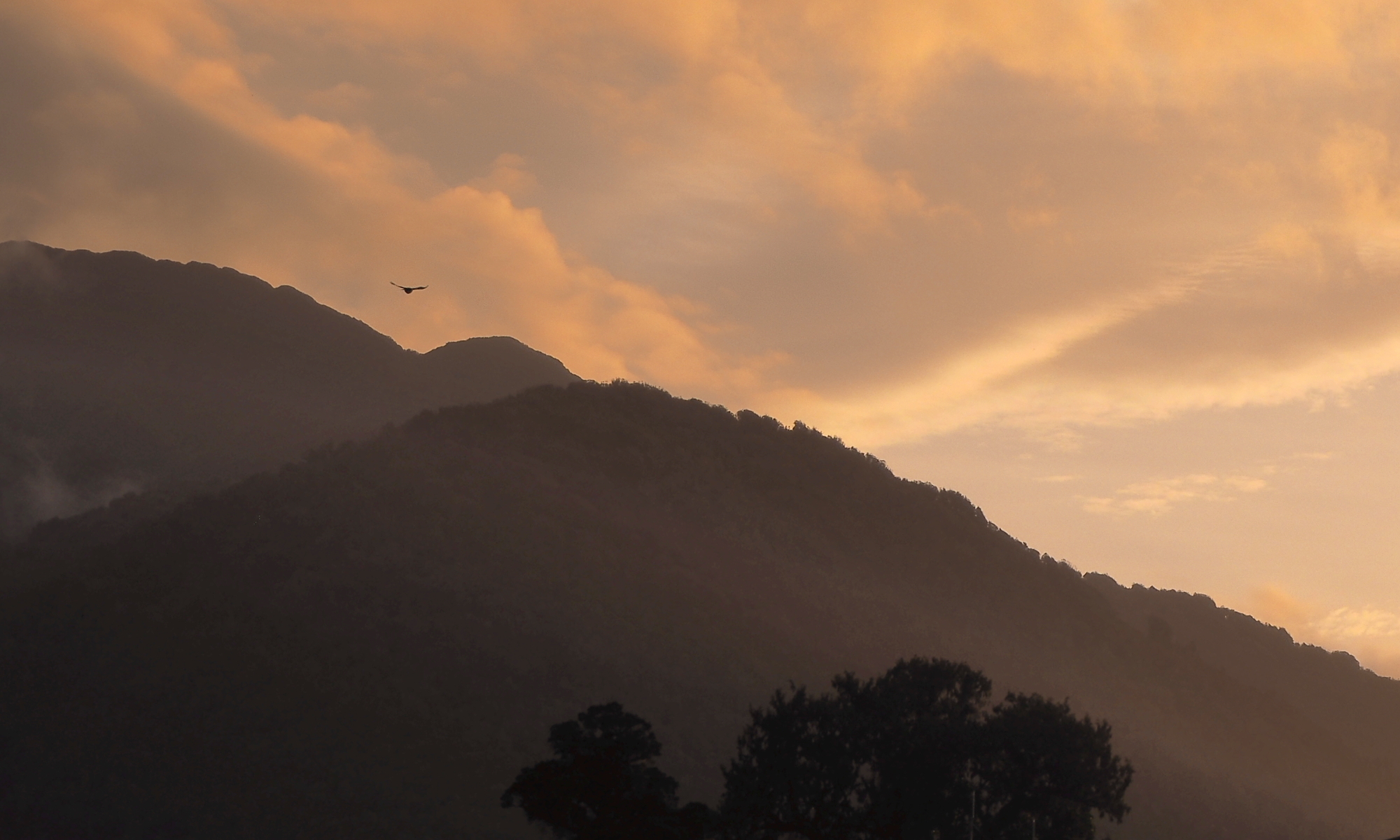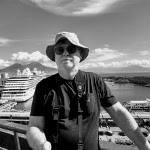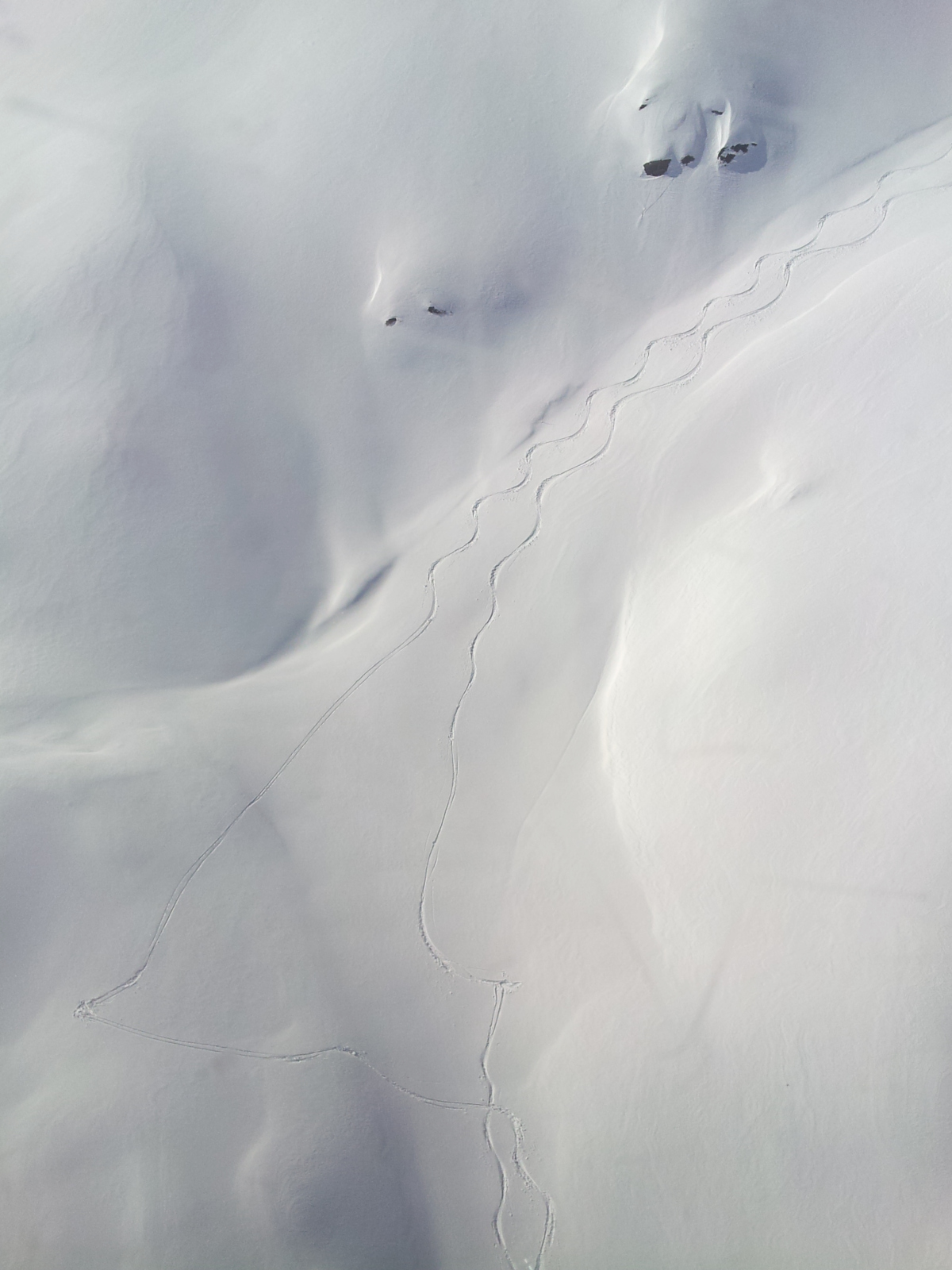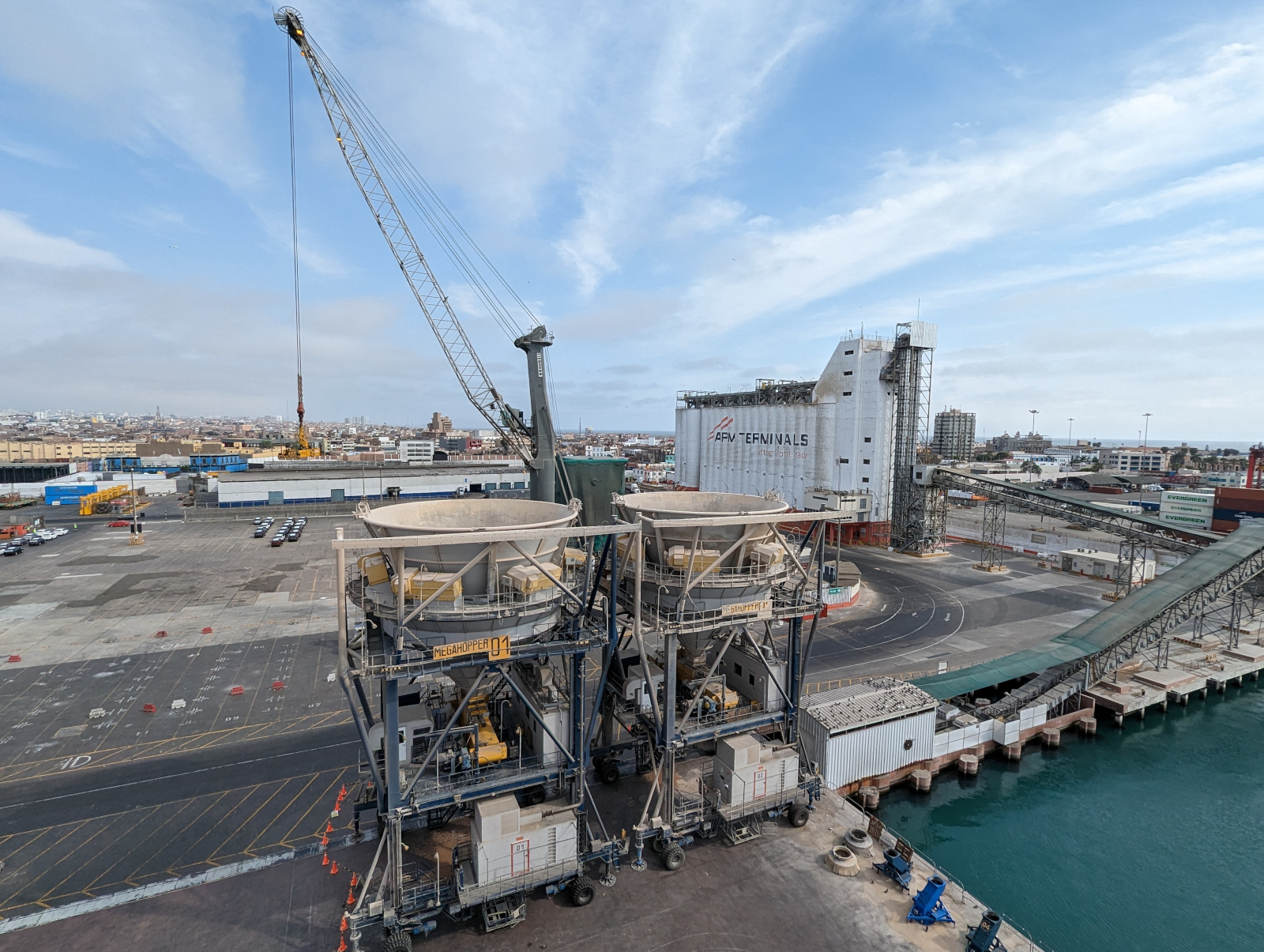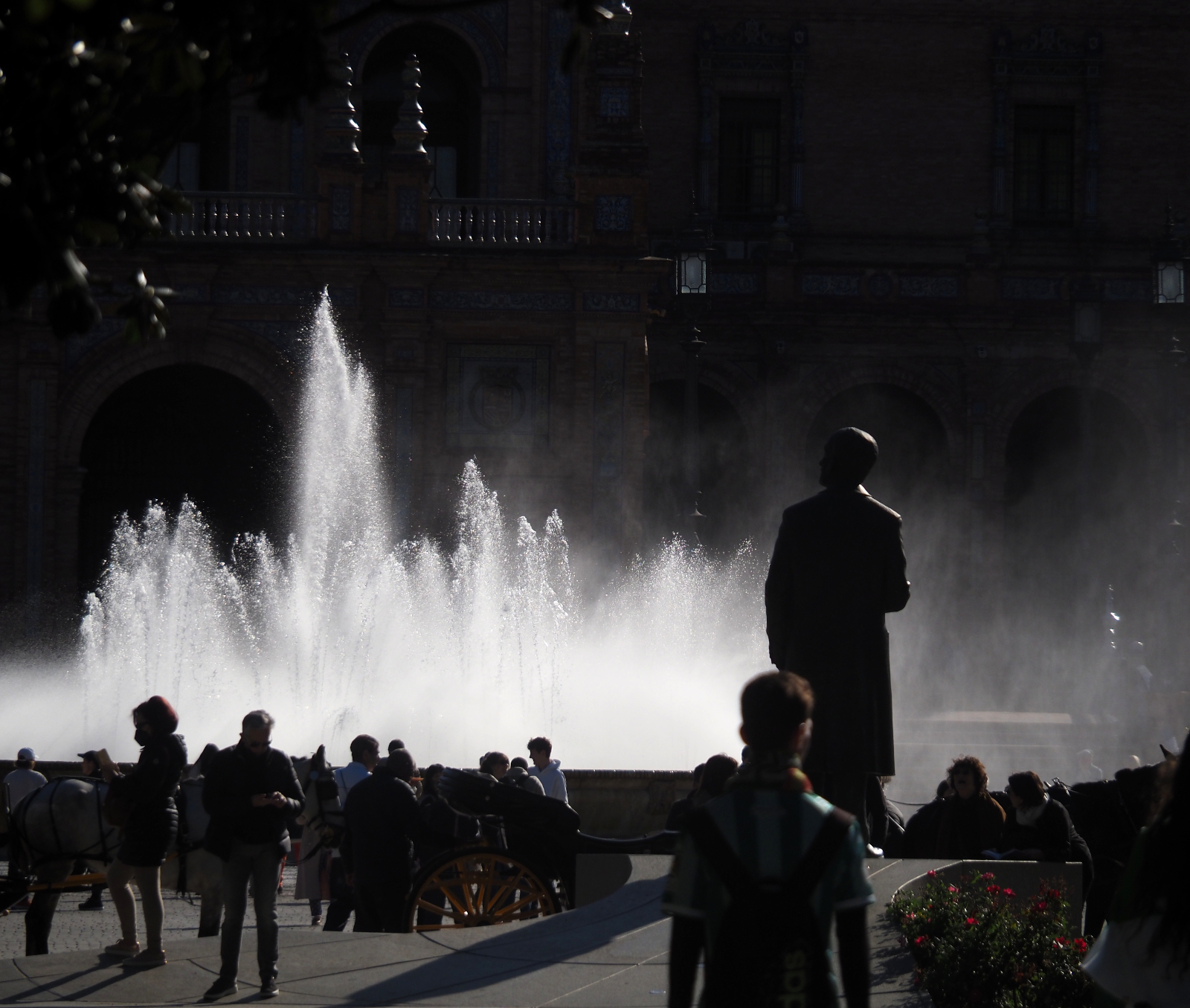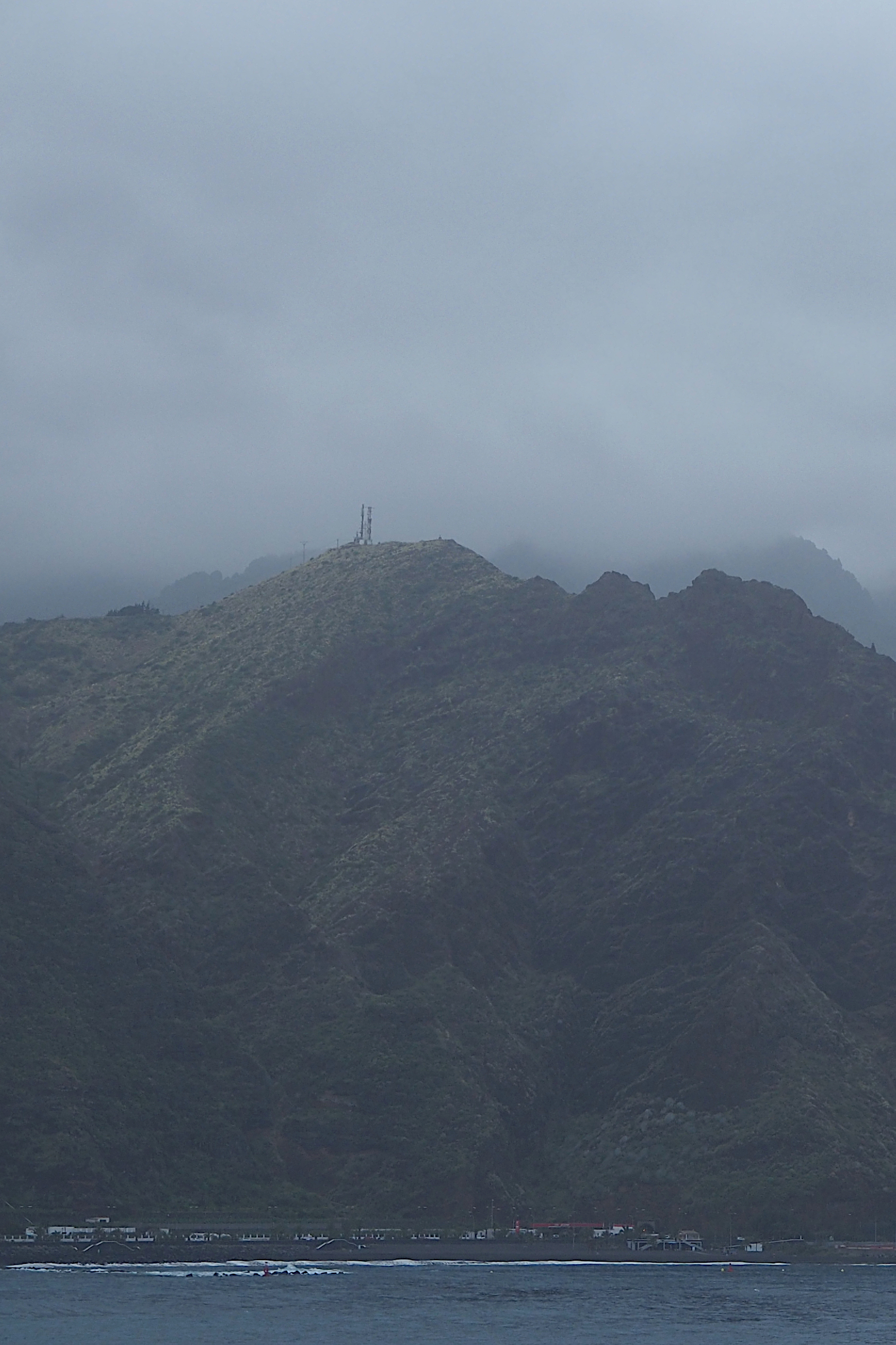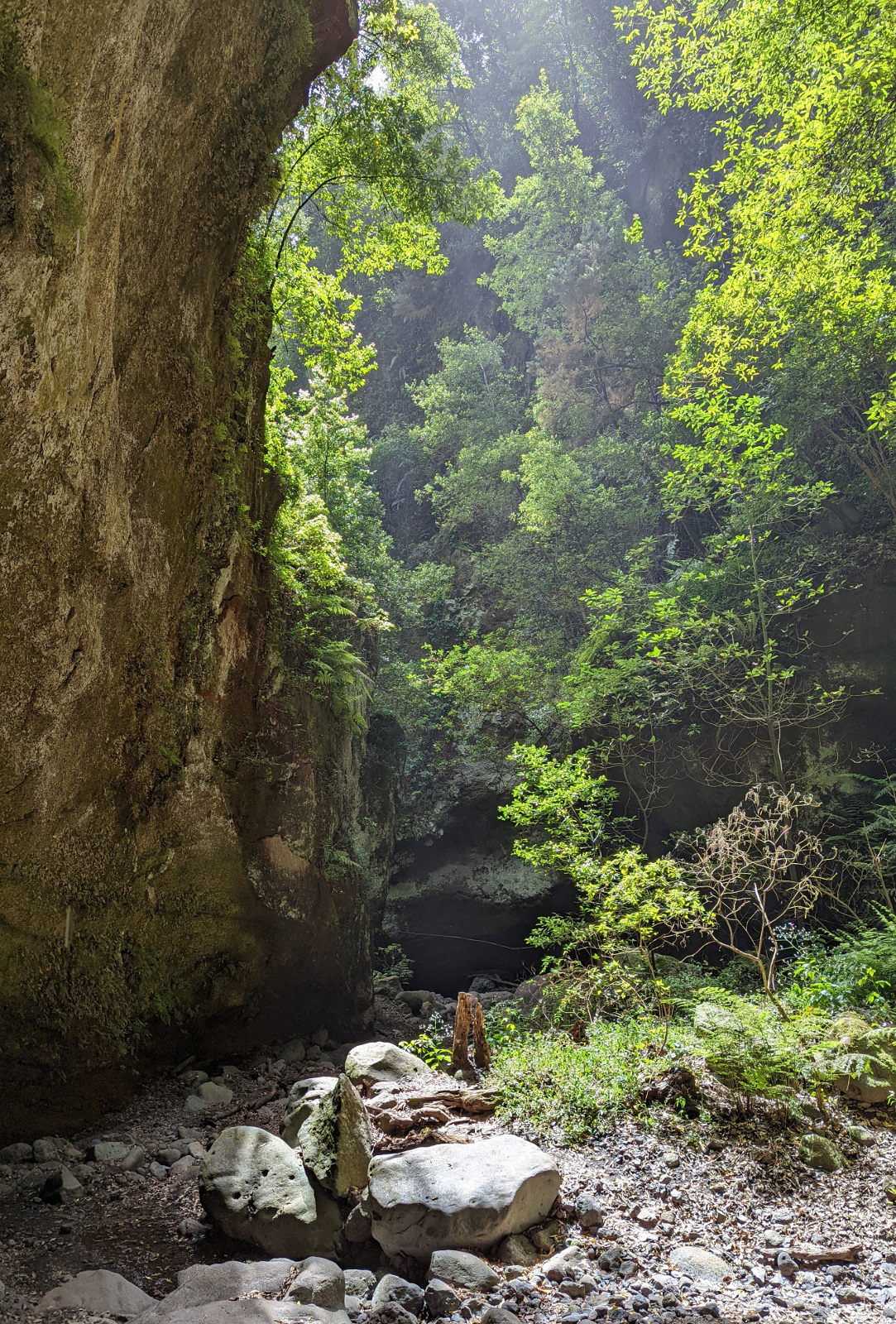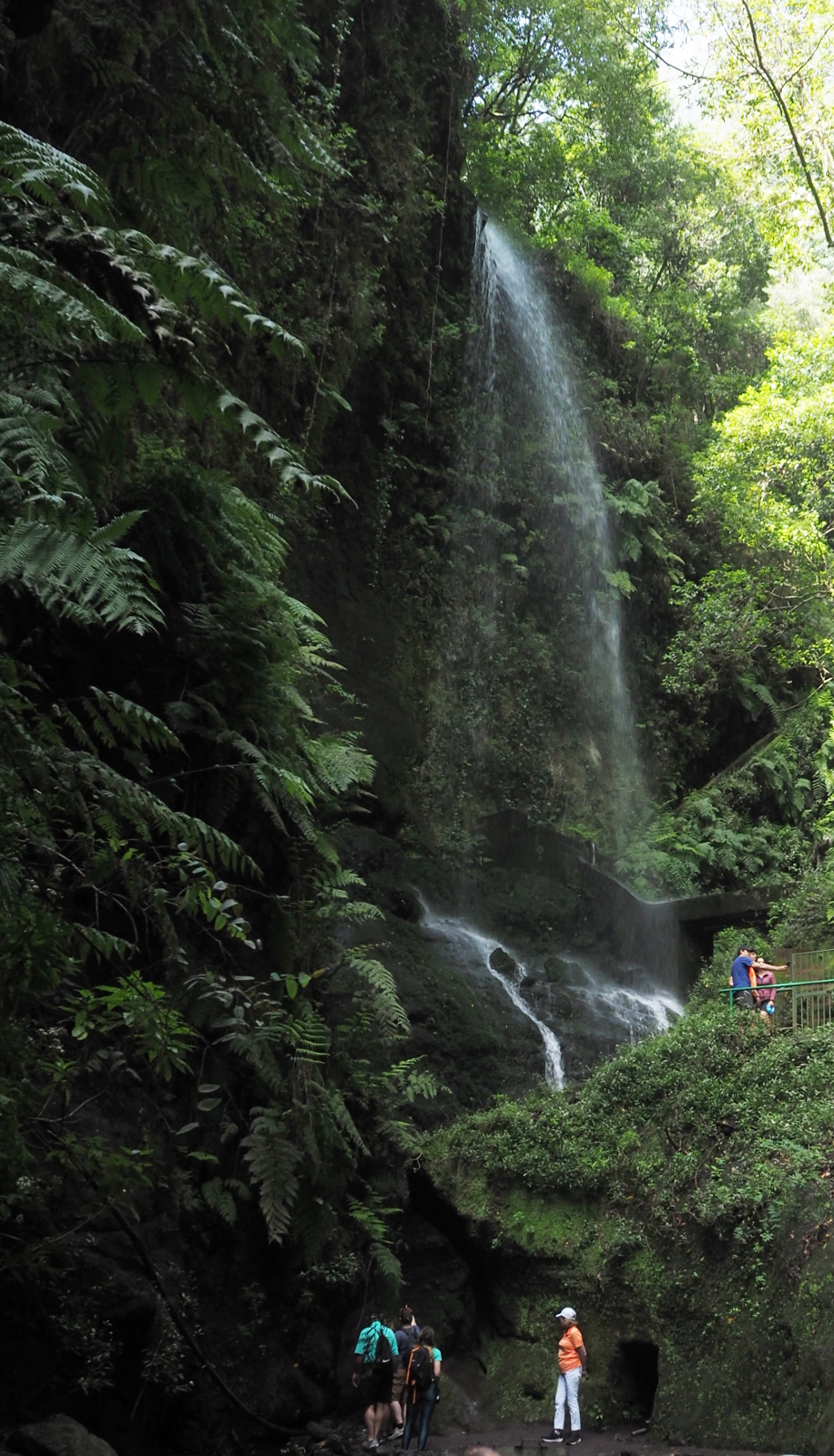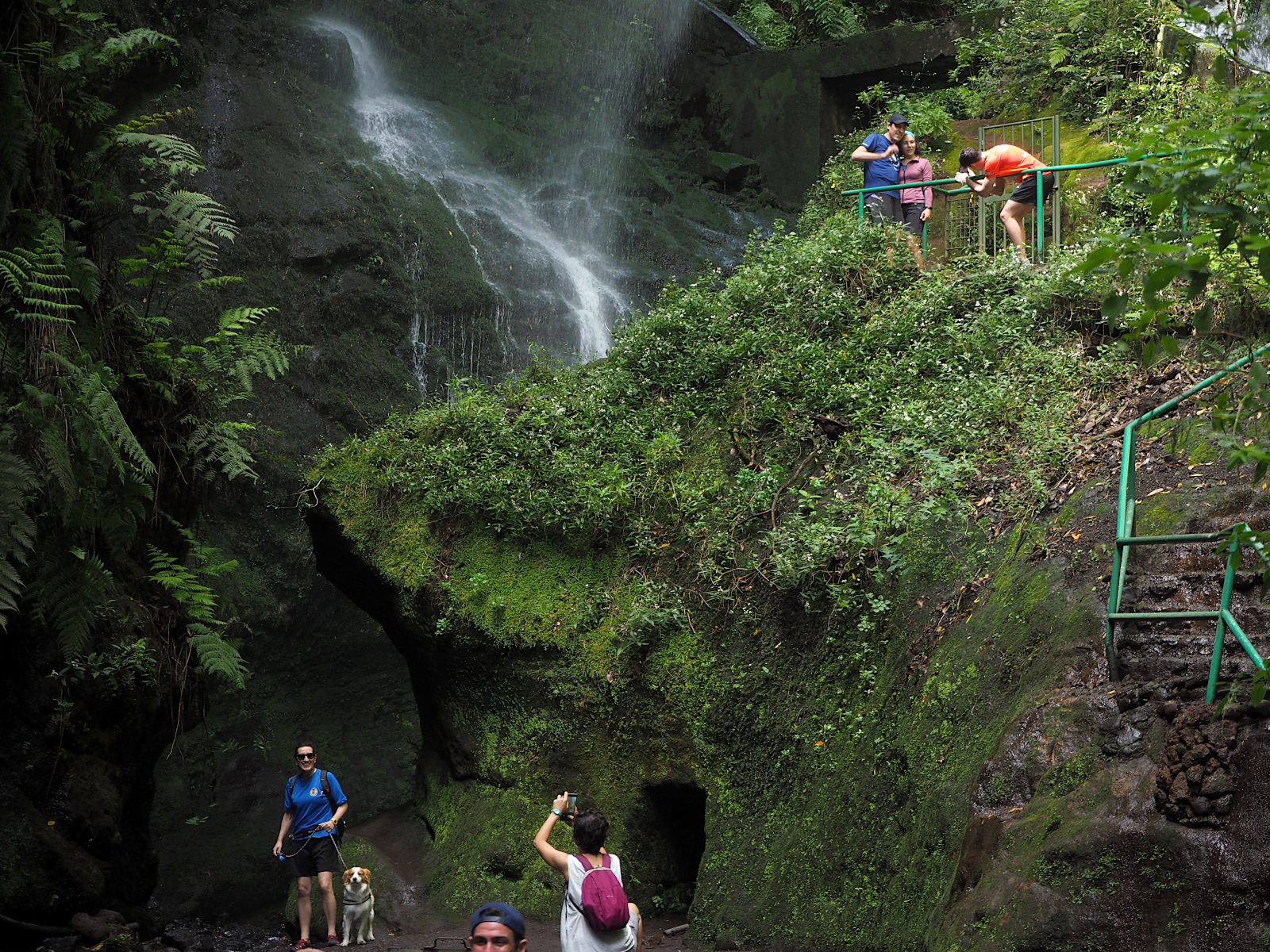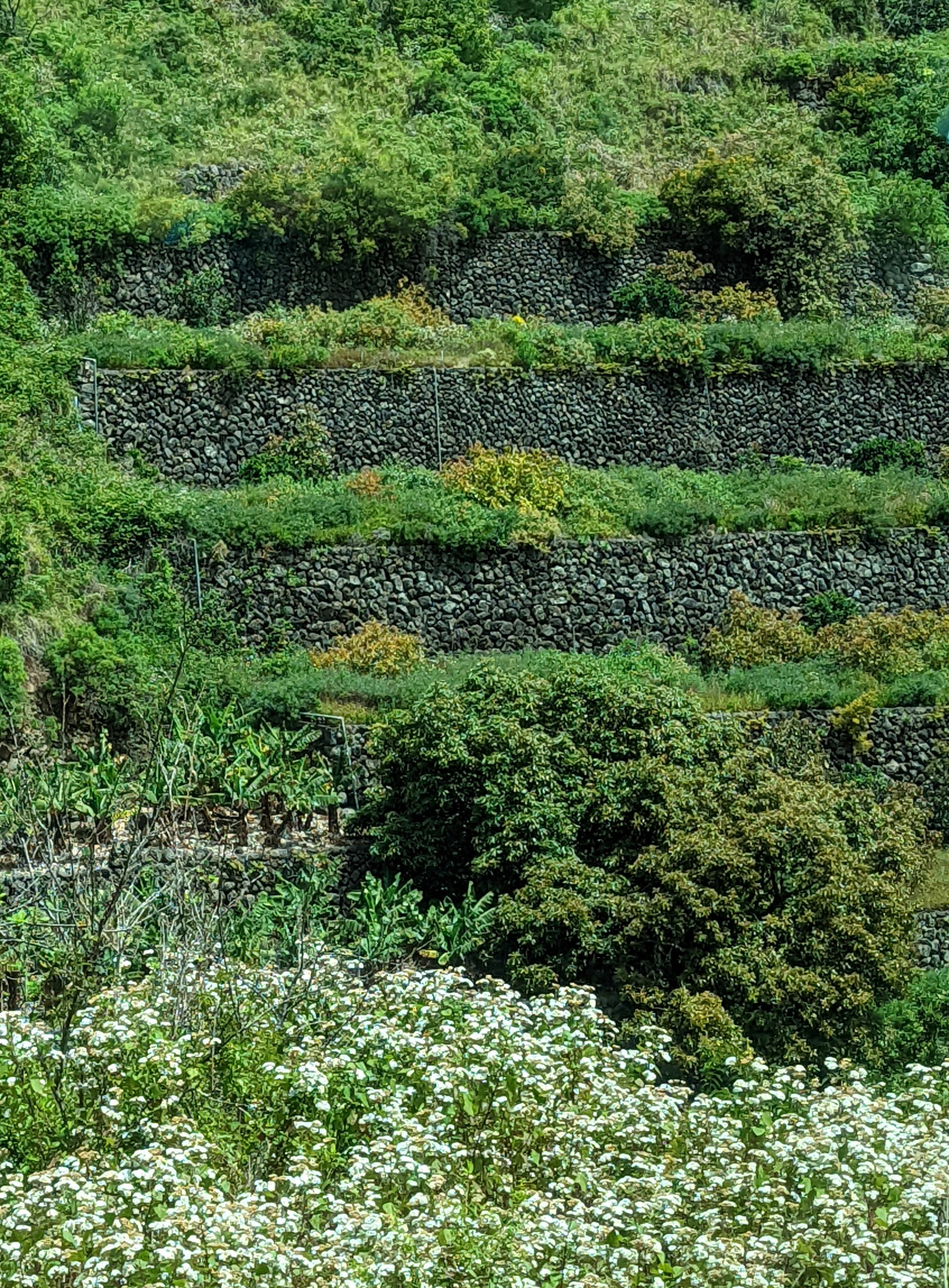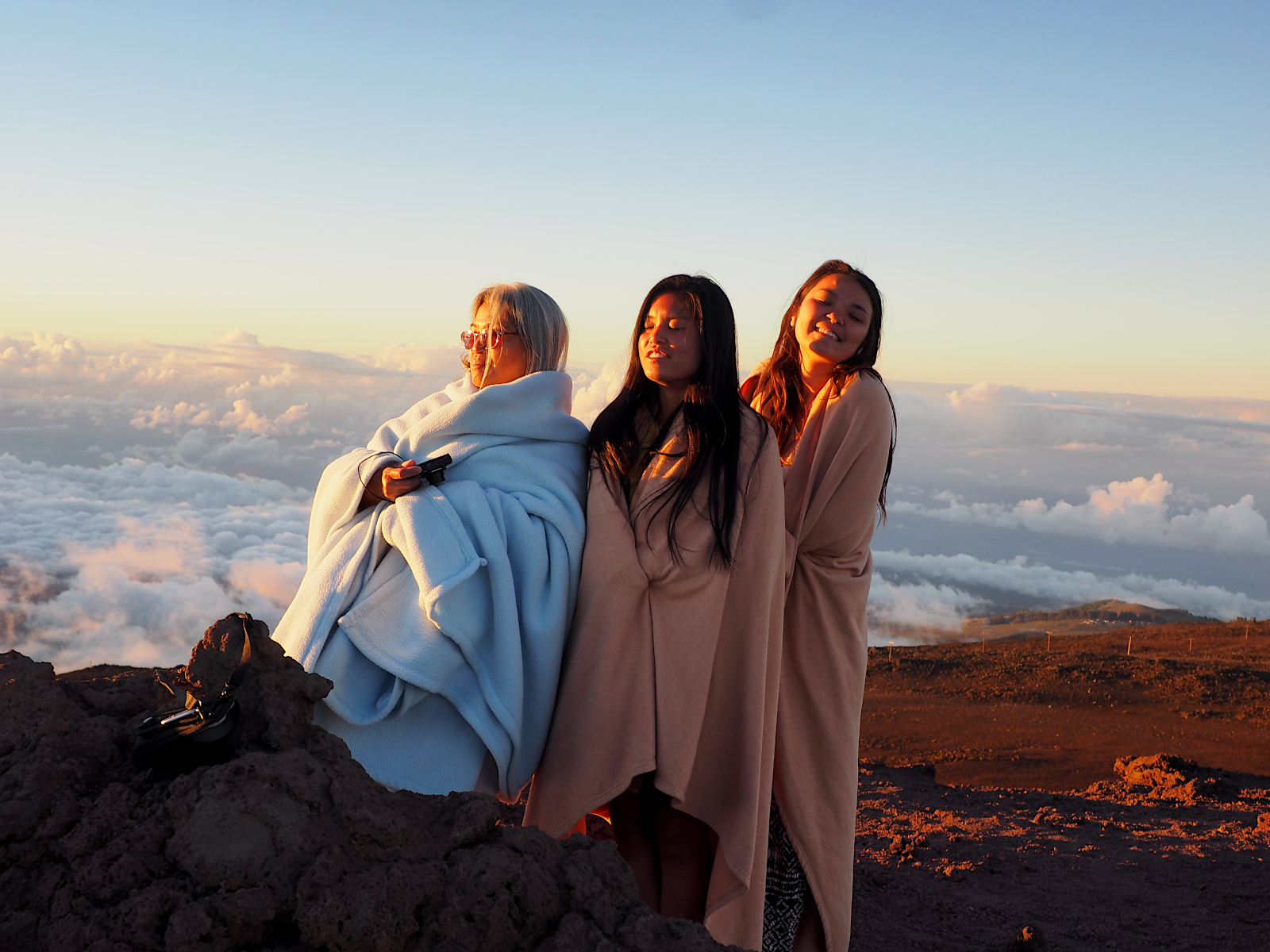
Ski Trails
Another test post to mastodon
Megahopper
From Lima, Peru
We arrived at the Lima international airport, and were whisked to our hotel, the JW Mariott, to recover from our 24-hour ordeal flying from SFO. The next morning we transferred to the ship where we would live for the next 21 days, cruising the Chilean fjords, then around Cape Horn.
The plan was to depart that evening, but it didn’t work out — shortly after our arrival at the airport, a serious accident happened on the single runway and blocked all air traffic for a day. There were no flights for disembarking passengers to fly home, and the passengers on arriving flights couldn’t land and thus couldn’t join the ship.
Information about the accident has been hard to find. There was a plane taking off, and a firetruck, possibly on a training mission, collided with the tail section. Two firefighters were killed, but everyone on the plane survived. However, the plane couldn’t fly, and the crash would have to be investigated. The wreckage blocked the runway for more than a day. Flights were diverted or canceled, and temporary lodging had to be found for stranded passengers from literally around the world. Several hundred people were affected.
The upshot was that the ship delayed its departure for two days while the cruise company scrambled to make new arrangements for their customers. We were lucky to get on the ship at our scheduled time.
Mendocino Coast
La Bomba Volcanica Gigantesca
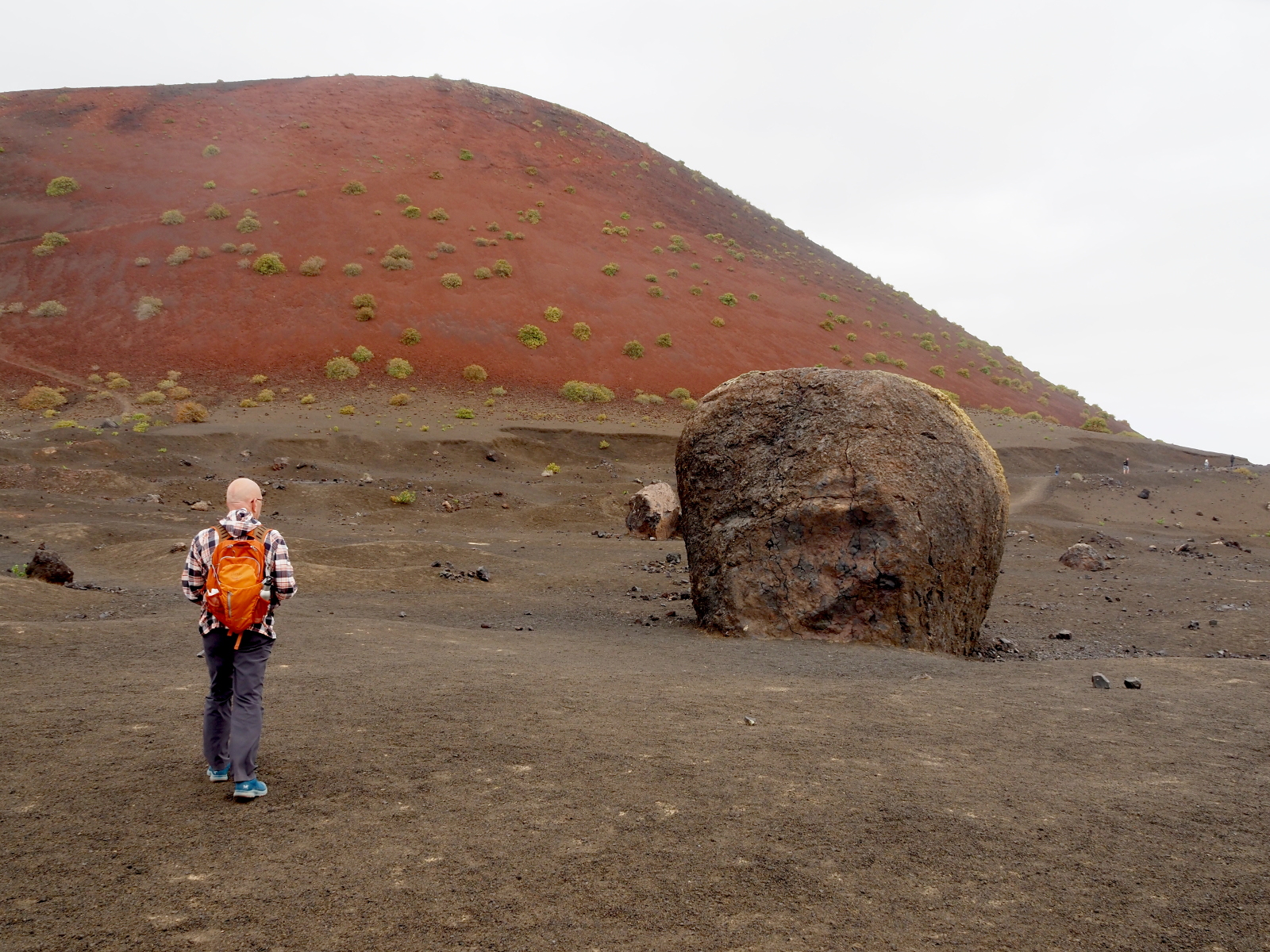
On Island Lanzarote, the easternmost island of the Canaries. The cinder cone in the background cleared its throat, and La Bomba was born, a shattered visage on the sand.
Lanzarote is entirely composed of wind-blown flat expanses of volcanic ash and lava flows, dotted with low cinder cones. We took a four-mile hike that started over difficult ‘A’a clinkers. One person fell and rose with bloody hands, and a couple decided to turn back.
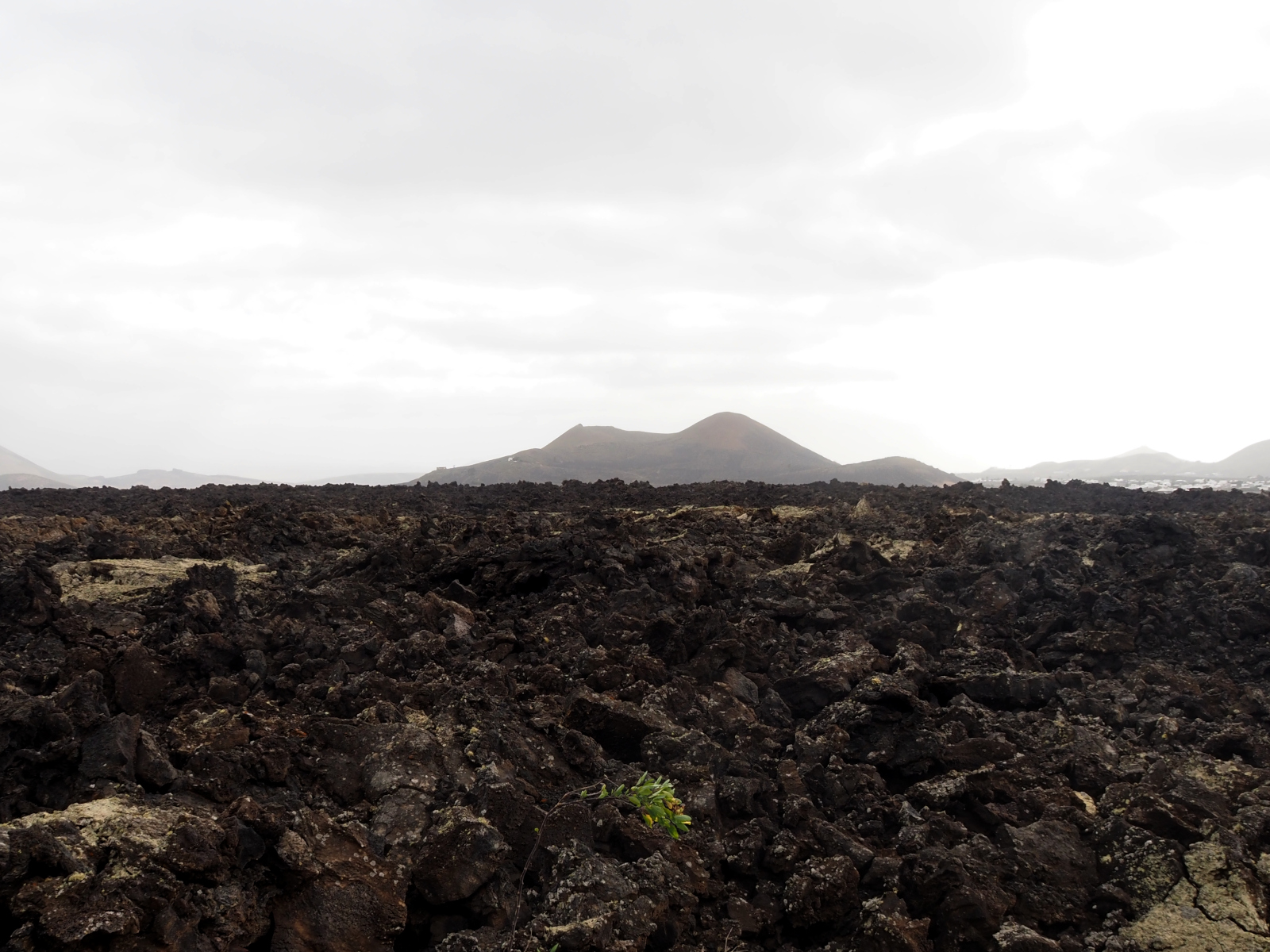
But by the time we reached La Bomba, the trail turned into a wide, level walking path over fine cinders. Effortless.
The hike’s highlight was ‘La Caldera de los Cuervos’ — ‘Cauldron of the Ravens’. It’s a small cinder cone that was home to a colony of ravens; there is a notch blown out of the side so you can walk in.
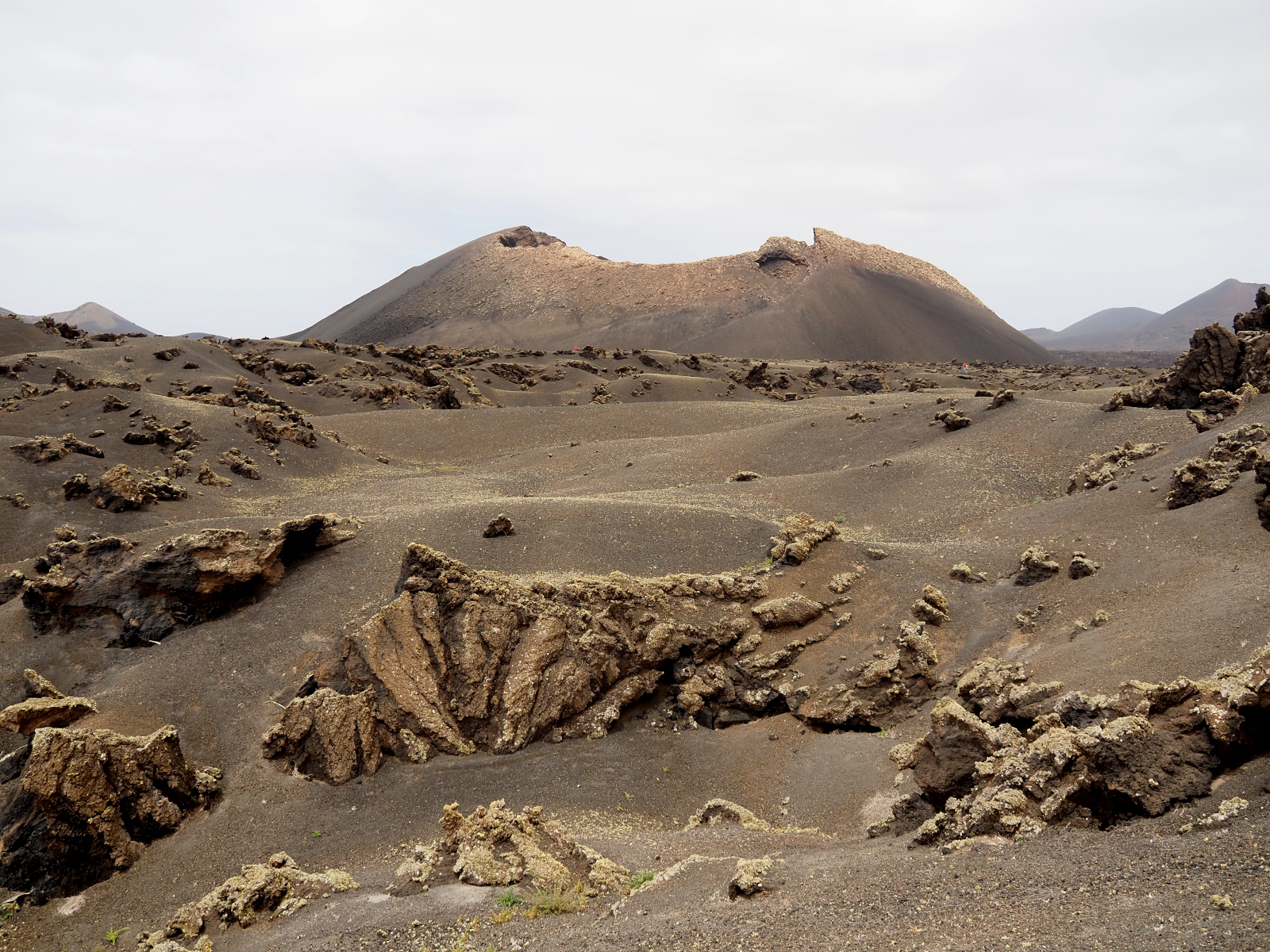
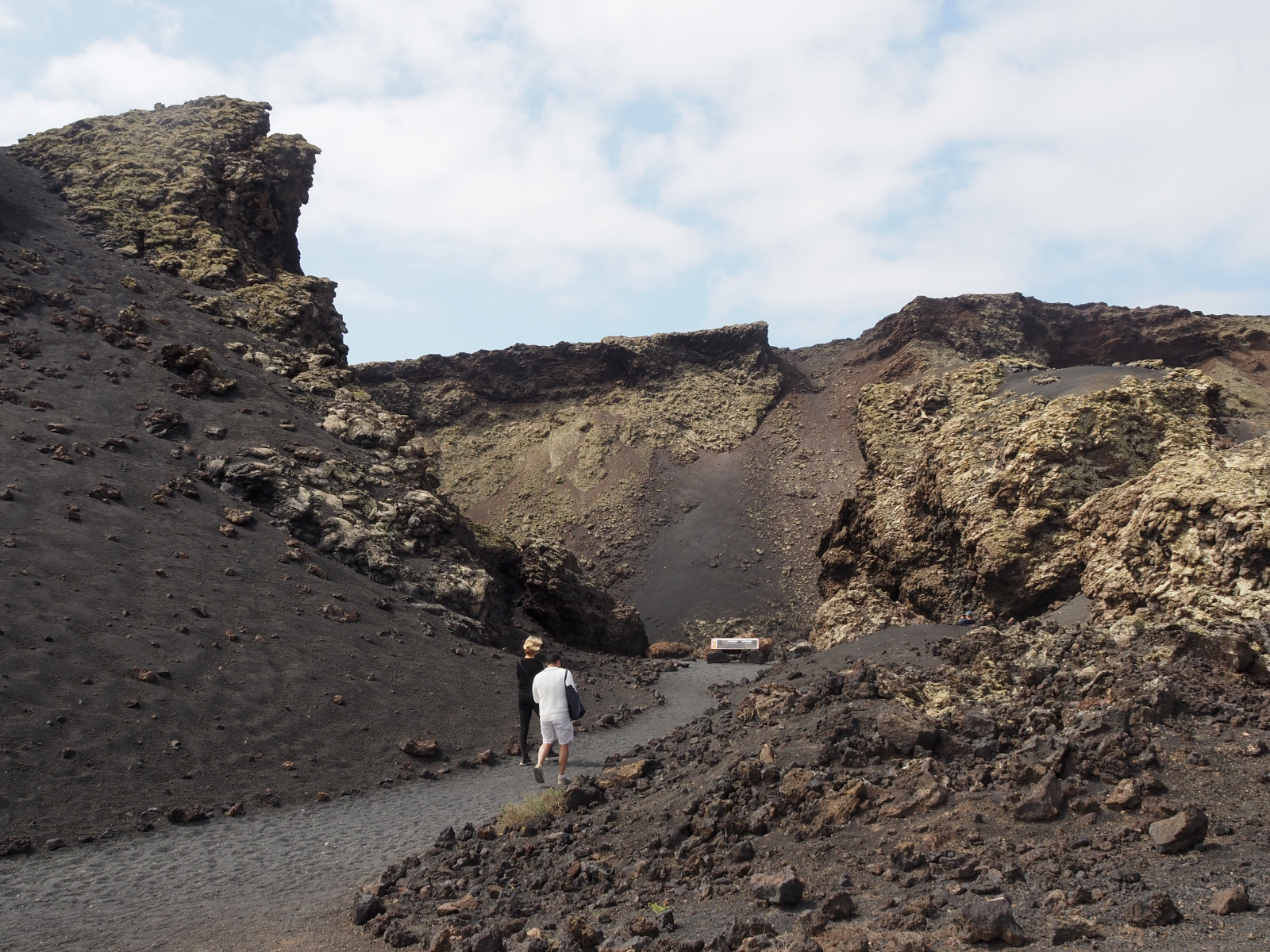
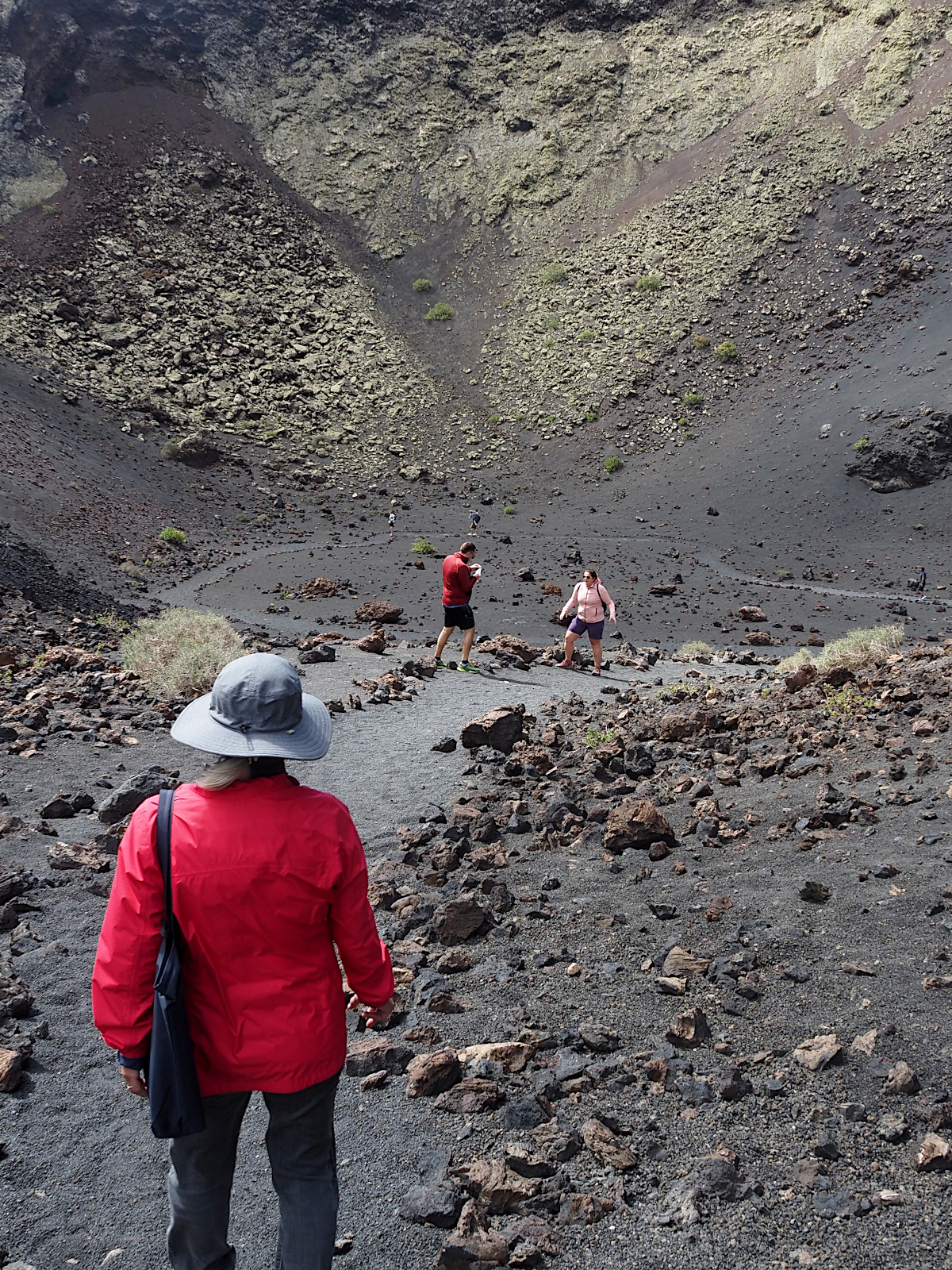
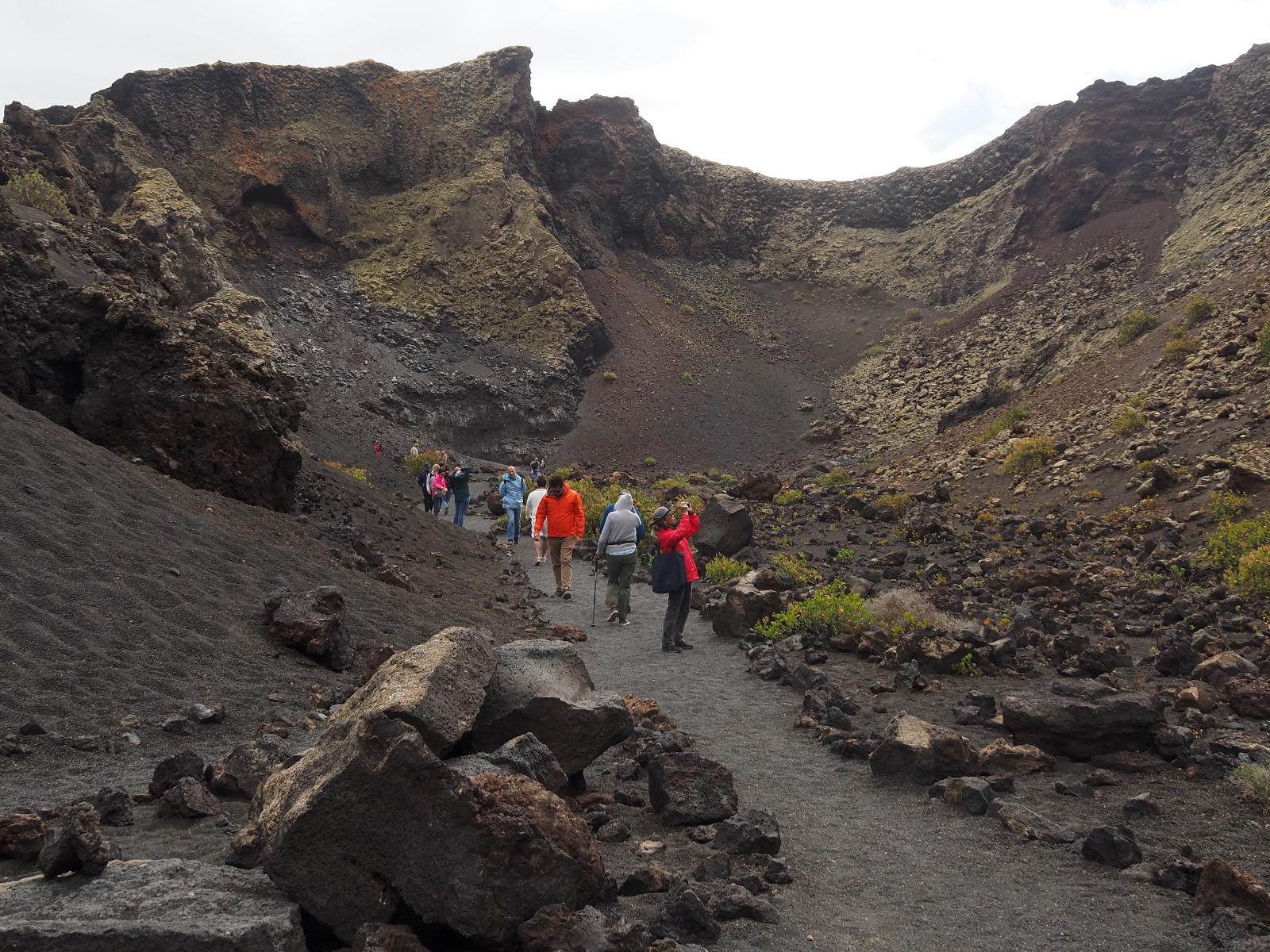
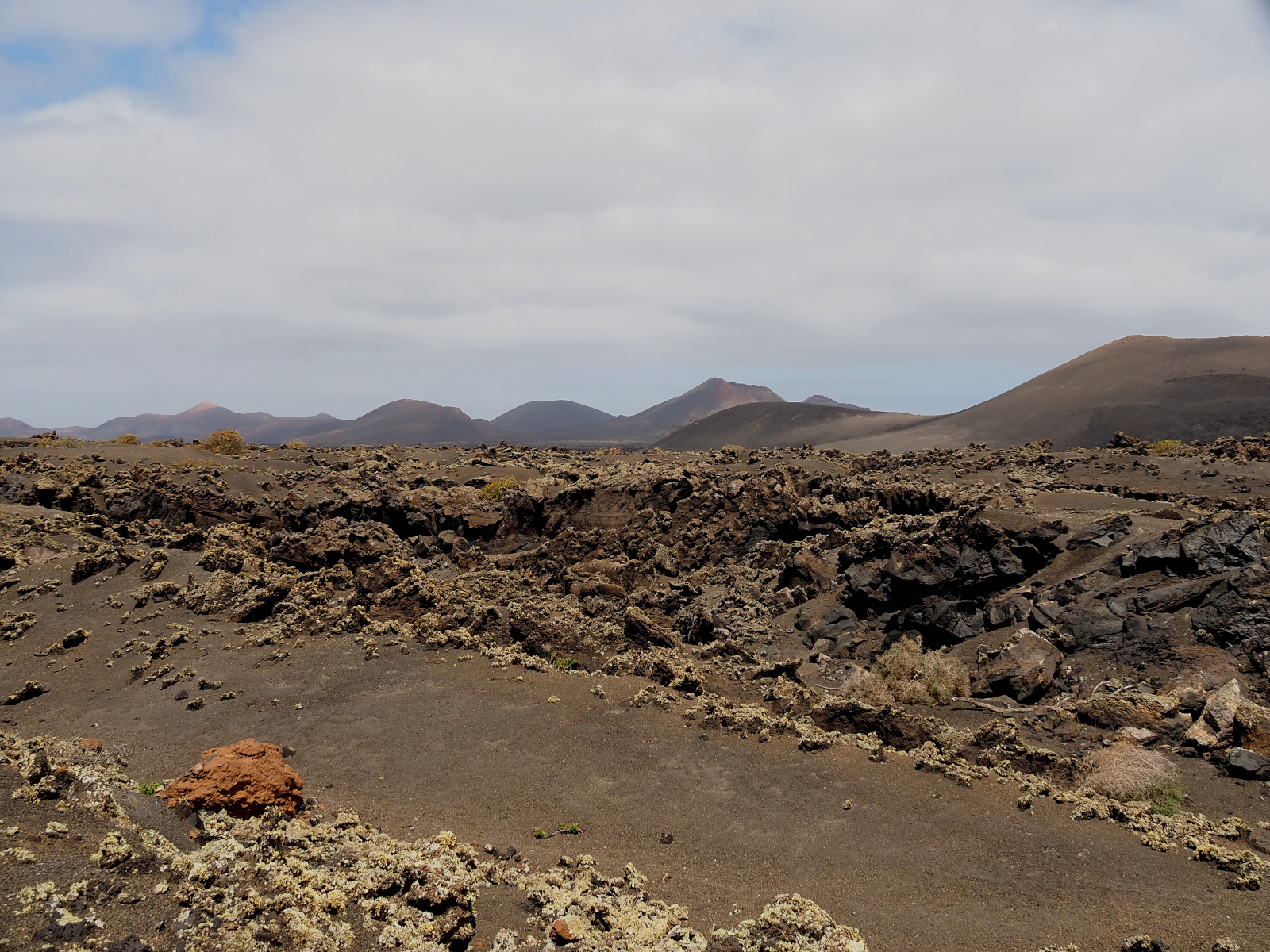
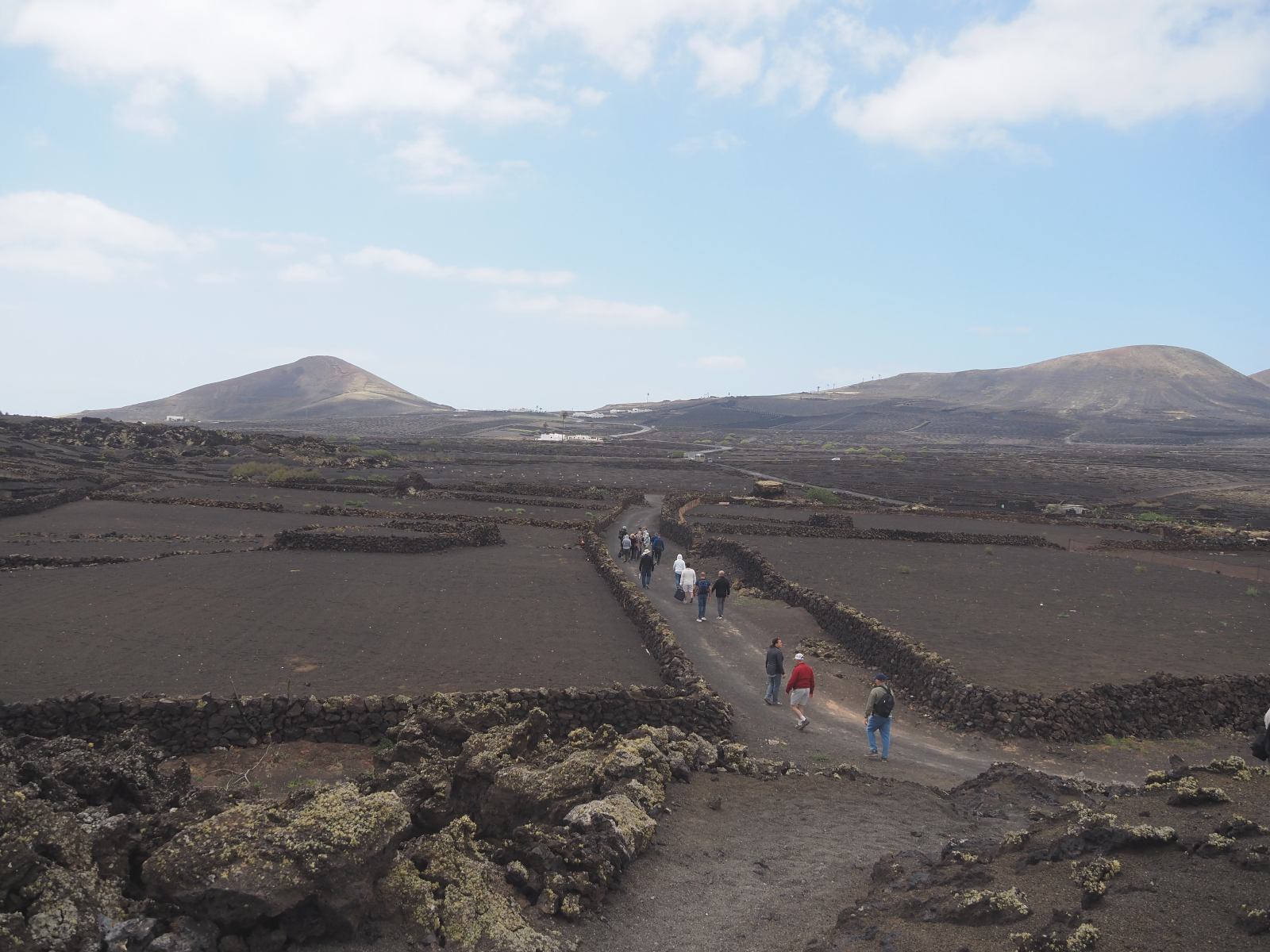
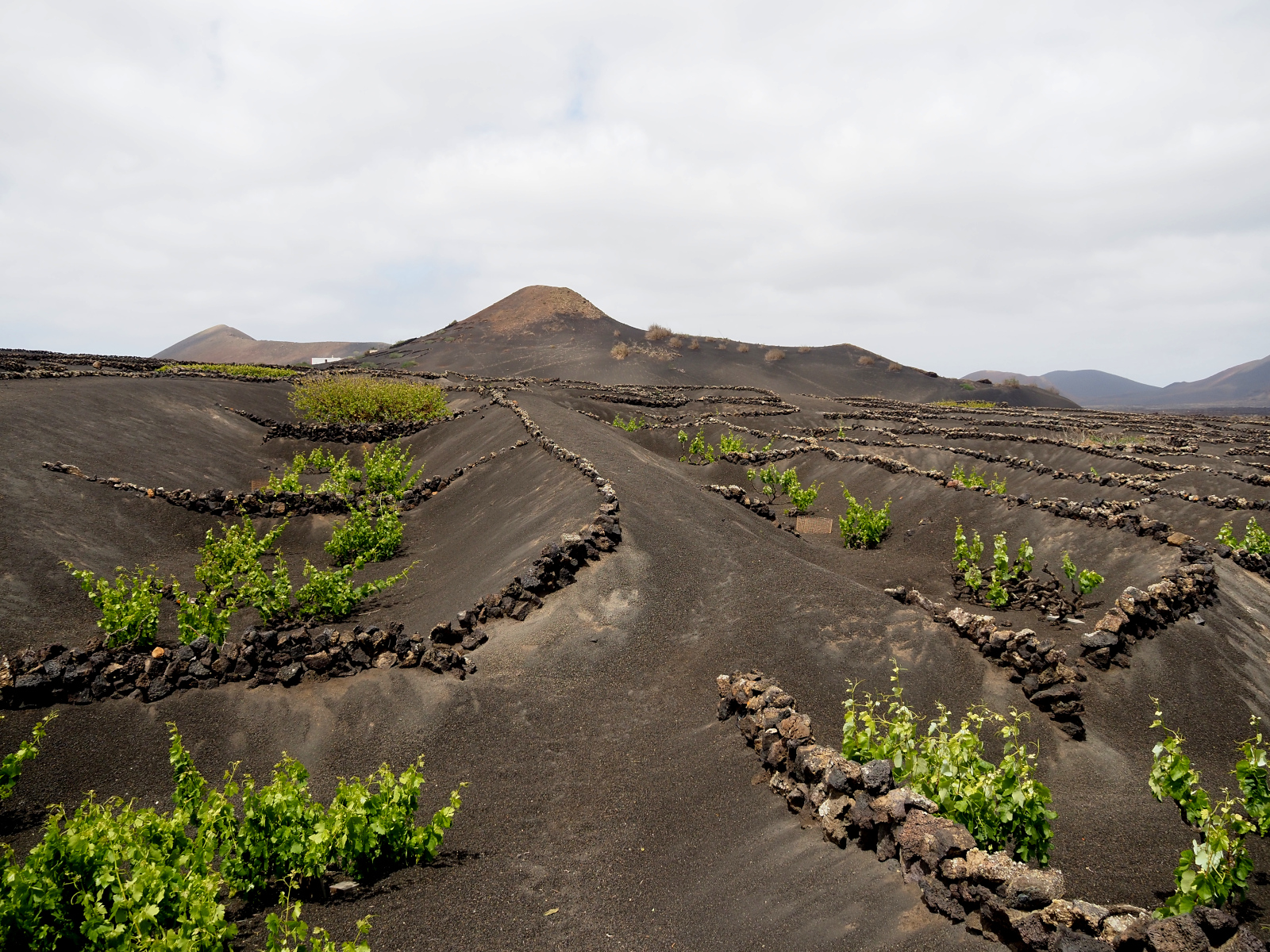
The vines are grown in pits; the pits are protection from the constant trade winds. There is no irrigation; the vines get enough water naturally. Lots of hand labor picking the grapes. We didn’t have time to try the wine.
Fountain in Seville
Accidents happen. The stop in Seville was less than ideal: dock in Cadiz, catch an early morning bus, then a walking tour of a couple of high points of Seville. Back to the bus, back to the ship. I don’t remember taking this picture, but there are many other images of the area on my camera, so I must have. Anyway, I thought it was nice:
It’s a color image, though it looks B&W.
La Palma
La Palma is rugged.
One of the finest astronomical sites on Earth hides serenely above those clouds.
The people of La Palma are proud of their astronomical connection — here’s a signpost from a roadside viewpoint:
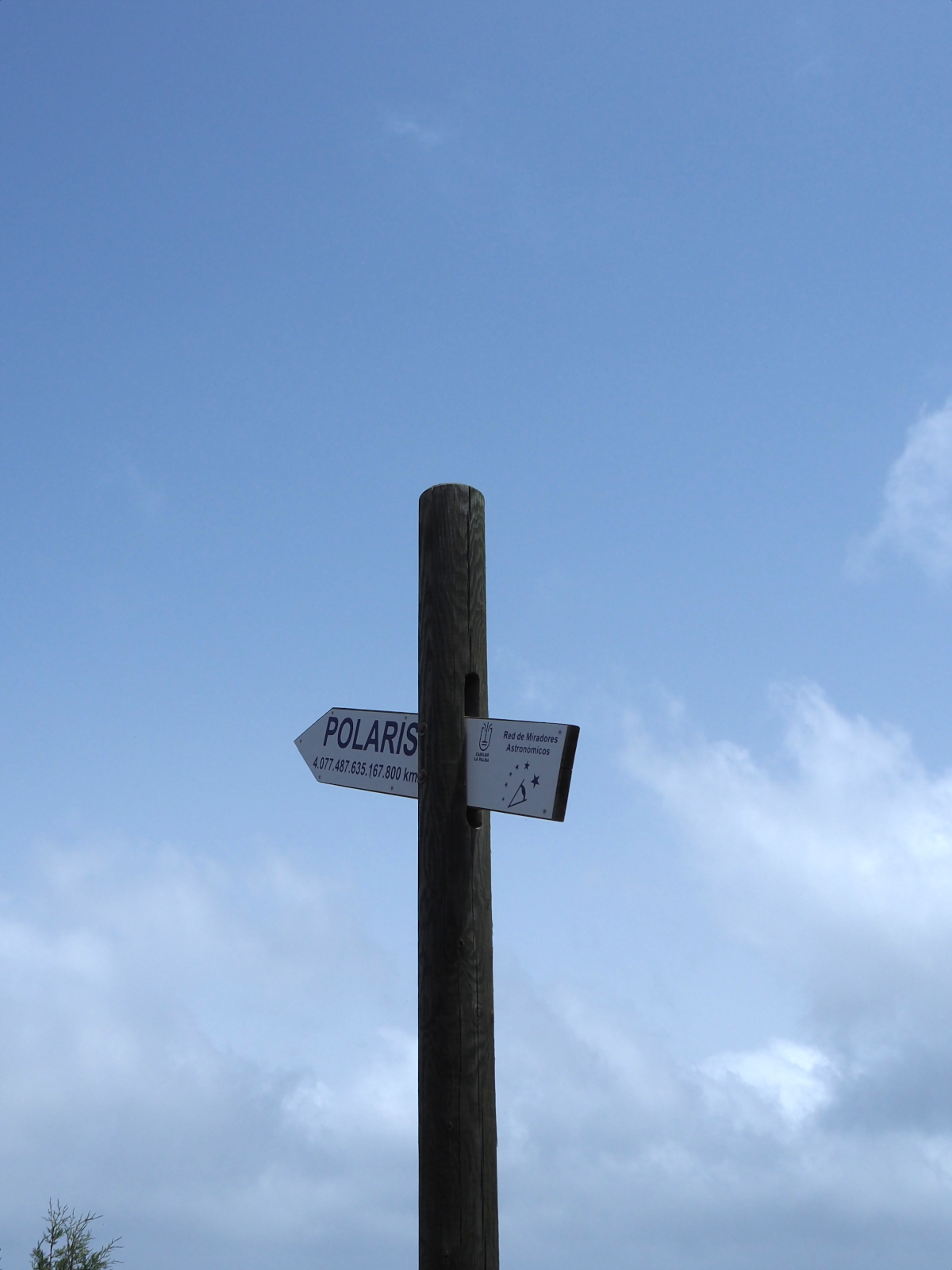
There are about 20 large telescopes on the top of the North Peak.
On September 19, 2021, a major volcanic eruption took place on La Palma. Lava flows wiped out a relatively small part of the island, but our guide told us ash falls covered a large area — “like very fine black flour”. We didn’t see any sign of the ash seven months later. The eruption wasn’t a severe problem for the large telescopes, though a couple of instruments were affected.
La Palma is also very green.
It’s a short hike to the waterfall up ahead:
Note the green metal railings, the rectangular cave mouth, and the concrete structures going back further up the canyon– this is a developed park, not a wilderness area. The canyons are deep and rugged but still modified by human occupation.
This canyon has been developed as a source of fresh water but retains a wild scenic character — a mix of community park, water project, and wilderness area. Further down the trail was an open rectangular water tank, 10′ x 10′ x 6′ deep, with the same damp old concrete.
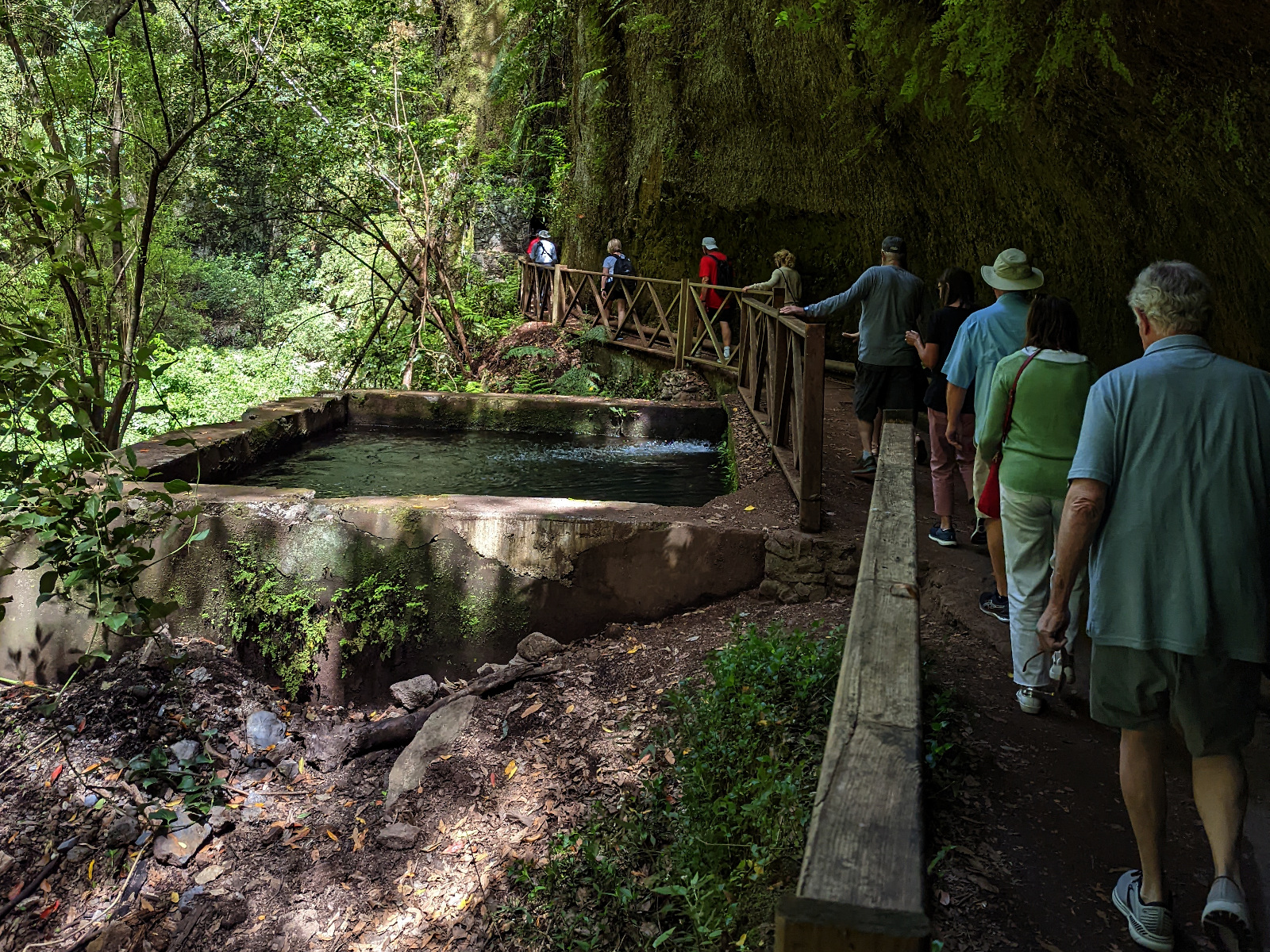
Down the canyon, the almost vertical walls were terraced.
(The picture is misleading. It’s perhaps a hundred feet from the flowers in the foreground to the trees across the canyon; the canyon floor is a hundred feet below.)
A mile or so further, the canyon widens, and the terraces are well-tended:
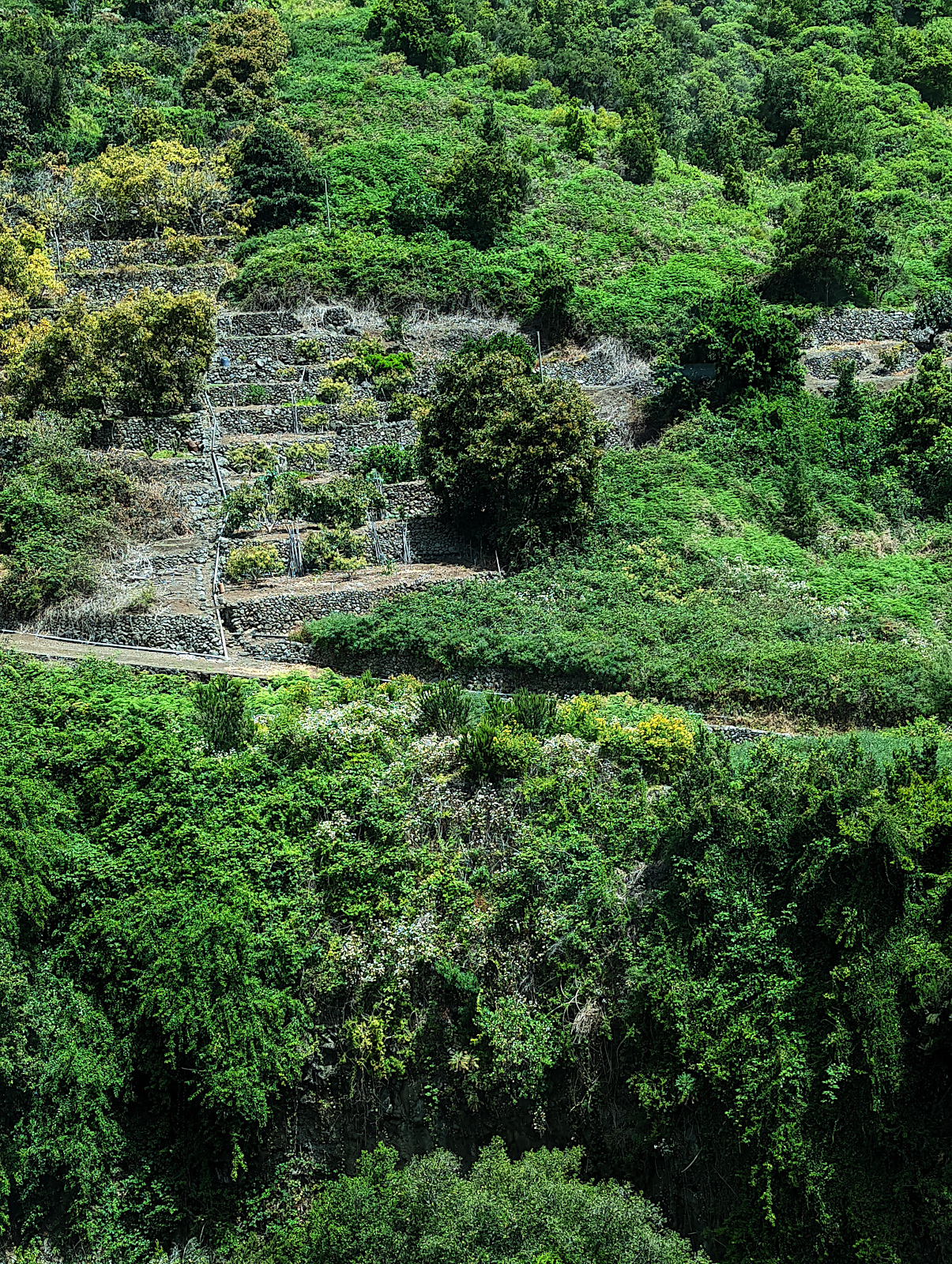 People have been living here for a long time.
People have been living here for a long time.
Well, there was more, but this post is too long already. La Palma was my favorite of our stops. It is unlikely we will ever be there again, but if I had another life, I would like to spend more time there.
Rough Seas
Last night was a rough passage for a landlubber like me, with strong winds and 10-foot swells. The night before, the ship was rocking, but last night it was pounding. The captain apologetically announced that conditions would be a bit uncomfortable, but our situation wasn’t bad, and just enough to remind us that we were really at sea.
Of course, it can get much worse — here’s a youtube video where it was substantially worse — you can hear an authentic example of the emergency signal (7 short blasts, then a long one).
The rocking motions are roll, pitch, and yaw, like an airplane. Yaw wasn’t noticeable, but roll and pitch were strong enough to make it impossible to walk in a straight line. Roll and pitch are rhythmic vertical motions, with the ship’s buoyancy trying to return to level. Roll had a period of a few seconds; pitch had a longer duration. (On the other hand, yaw is a horizontal rotation with no vertical component and no passive returning force. A yaw motion is essentially a tiny course change that requires autopilot or human correction to undo.)
Of course, all these motions combine unpredictably. The ship moves as a rigid body in a complex dance, and as long as it’s not too bad, you can enjoy it.
However, when conditions got slightly worse, the water slapped the hull explosively, and a new form of motion manifested. Rather than moving as a rigid body, the ship vibrated like a colossal gong, with a pitch of about 1.5Hz. This ringing sometimes persisted for several seconds (though generally less than 10 seconds). I suspect this vibration came from the waves striking the ship’s bow at an angle.
When the ship slammed even harder, though, sometimes there was a higher frequency vibration, maybe 5Hz, that decayed within 2-3 seconds — a violent shaking motion that rattled small objects.
These vibratory modes must be from the flexing of the ship itself, and the frequencies probably reflect the natural resonant frequencies of the ship.
